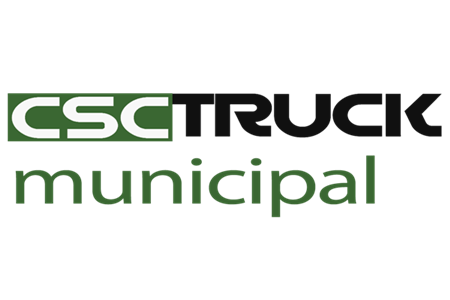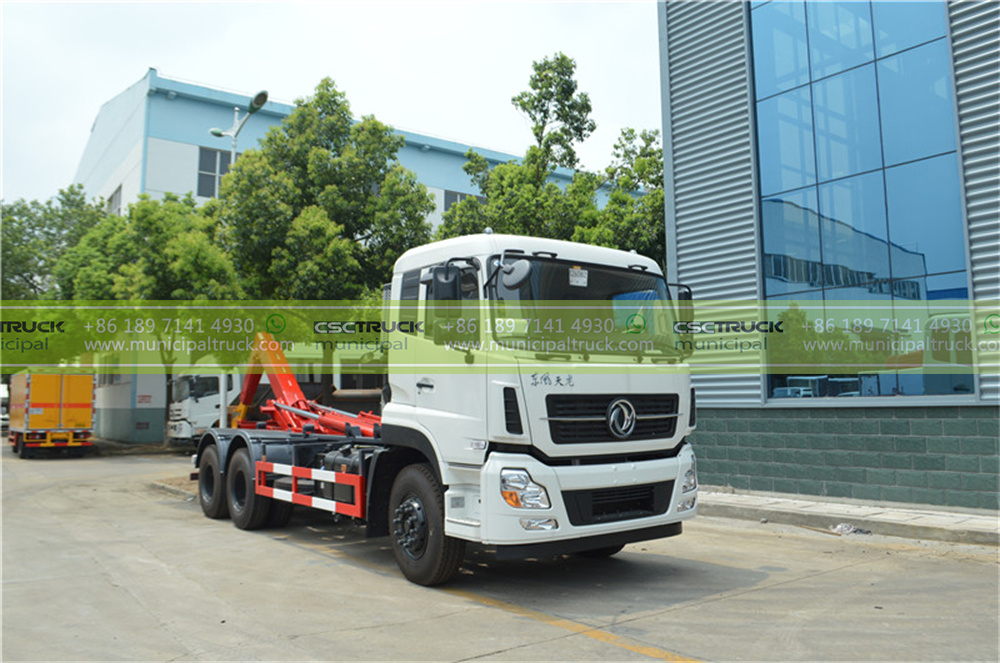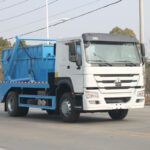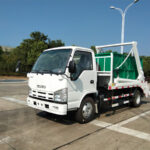1. Understanding the Hook Loader Garbage Truck: Design and Core Advantages
The hook loader garbage truck is a specialized waste management vehicle designed for efficiency and versatility in urban and industrial settings. Unlike traditional rear-loaders or compactors, this truck features a hydraulic hook arm system that lifts, transports, and empties large waste containers—often called roll-off bins—without manual intervention. Its modular design allows seamless integration with interchangeable containers, making it ideal for handling diverse waste streams, from construction debris to municipal solid waste.
Key to its functionality is the robust hydraulic mechanism, which can handle containers weighing up to 20 tons. The truck’s chassis is engineered for stability, even on uneven terrain, while its automated locking system ensures secure transport. For municipalities or contractors managing high-volume waste operations, the hook loader’s ability to swap containers in under 10 minutes reduces downtime and labor costs by 40%, according to industry studies.
2. Optimal Scenarios for Deploying a Hook Loader System
2.1 High-Volume Construction and Demolition Sites
Construction zones generate irregular, bulky waste such as concrete, steel, and timber—materials that standard garbage trucks struggle to collect efficiently. A hook loader garbage truck excels here, as its roll-off containers can be pre-placed onsite and swapped as they fill. This minimizes disruption to workflows and ensures compliance with tight project timelines. In Mexico City’s recent metro expansion project, hook loader fleets reduced waste-related delays by 60%, demonstrating their value in large-scale infrastructure initiatives.
2.2 Industrial Complexes and Hazardous Material Handling
Factories, chemical plants, and recycling hubs require waste solutions that prioritize safety and segregation. The hook loader system supports dedicated containers for hazardous materials, such as oil-contaminated sludge or chemical byproducts, preventing cross-contamination. In one case, a German automotive manufacturer cut hazardous waste processing costs by 35% by adopting hook loaders with explosion-proof containers.
2.3 Rural and Remote Area Waste Collection
In regions with dispersed populations, such as mountainous communities or island territories, frequent waste collection is logistically challenging. Hook loader trucks enable a “hub-and-spoke” model: Containers are placed in central villages, collected weekly, and transported to regional landfills. This approach, piloted in Canada’s Yukon Territory, improved waste recovery rates by 50% while slashing fuel consumption.
3. Hook Loader vs. Traditional Waste Trucks: A Comparative Analysis
While front-loaders and rear-loaders dominate residential waste collection, hook loader garbage trucks fill critical gaps in commercial and industrial sectors.
- Capacity: A single hook loader can manage 3–5 times the volume of a standard compactor truck, thanks to its 30–40 cubic yard containers.
- Flexibility: Containers can be customized for specific waste types—e.g., insulated units for medical waste or ventilated bins for organic matter.
- Cost Efficiency: Municipalities in Brazil reported a 25% reduction in fleet size after replacing six rear-loaders with two hook loader units, citing lower maintenance and operator expenses.
However, hook loaders are less suited for curbside residential pickup due to their size and bin-swapping requirements. The key is to deploy them where their strengths—volume, speed, and adaptability—align with operational demands.
4. Operational Best Practices and Maintenance Insights
4.1 Training for Safe and Efficient Use
Operators must master the truck’s hydraulic controls and load-securing protocols to prevent accidents. In Australia, mandatory certification programs reduced hook loader-related incidents by 55% over five years. Training should also emphasize route optimization; GPS-integrated systems can identify the fastest paths between container sites and disposal facilities.
4.2 Proactive Maintenance to Extend Lifespan
The hydraulic arm and pivot points endure significant stress, necessitating biweekly inspections. Corrosion-resistant coatings are critical for trucks operating in coastal or high-humidity regions. A study in Japan found that fleets adhering to these protocols achieved a 15-year service life—50% longer than industry averages.
4.3 Integrating Technology for Smarter Waste Management
Modern hook loaders now feature IoT sensors that monitor fill levels, container integrity, and engine health in real time. Cities like Barcelona use this data to predict collection schedules, reducing overflow incidents by 30%.
5. Innovations and Future Trends in Hook Loader Technology
The waste management sector is embracing automation and sustainability, with hook loader systems at the forefront.
- Electric and Hybrid Models: Cities such as Oslo now use electric hook loaders, cutting emissions by 90% compared to diesel counterparts.
- AI-Powered Waste Sorting: Advanced systems can now scan containers at pickup, automatically categorizing waste for recycling or disposal.
- Synergy with Complementary Vehicles: For instance, pairing hook loaders with vacuum trucks enhances liquid waste management at industrial sites, while the pickup serves as a nimble support vehicle for container delivery in congested urban zones.
In 2024, ISUZU launched a hybrid hook loader model with regenerative braking and solar-powered hydraulic systems, already adopted by Singapore’s National Environment Agency. These innovations underscore a broader shift toward waste systems that are not only efficient but also aligned with global decarbonization goals.
Final Thoughts
Choosing a hook loader garbage truck hinges on evaluating waste volume, material type, and operational geography. Its unmatched versatility makes it indispensable for industries and municipalities aiming to balance productivity with environmental responsibility. As technology evolves, partnerships with forward-thinking manufacturers like ISUZU will continue to redefine what’s possible in waste collection—one container at a time.






